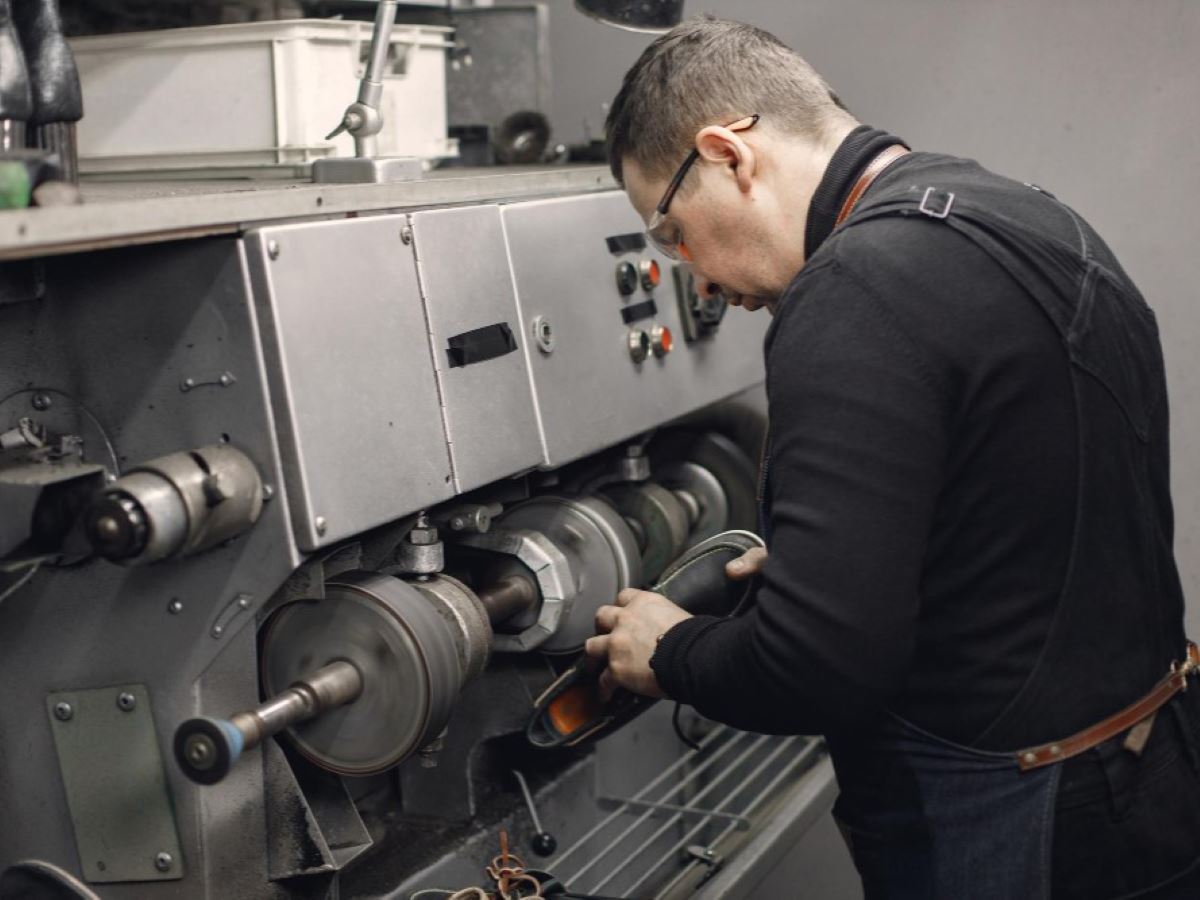Machine maintenance is a critical aspect of industrial and manufacturing operations, ensuring the smooth functioning of equipment, reducing downtime, and maximizing productivity. Maintenance technicians and certified equipment support professionals play a pivotal role in implementing these practices effectively. This article explores the types of maintenance, the steps involved in implementing an effective equipment maintenance program, and the importance of maintaining equipment, alongside frequently asked questions about machine maintenance.
What are the 4 Types of Machine and Equipment Maintenance?
There are four types of machine maintenance, each designed to address specific scenarios and objectives:
Corrective Maintenance
Corrective maintenance involves repairing or replacing faulty components after an issue occurs. This type of maintenance is reactive, addressing problems as they arise.
Preventive Maintenance
Preventive maintenance is a proactive approach that involves regular inspections and scheduled servicing to prevent equipment failures. Tasks are performed at predetermined intervals based on time, usage, or manufacturer recommendations.
Predictive Maintenance
Predictive maintenance uses advanced technologies and data analysis to predict potential equipment failures before they occur. It relies on condition-monitoring tools like sensors and software to track machine performance in real time.
Proactive Maintenance
Proactive maintenance aims to identify and eliminate the root causes of equipment failures. It involves detailed analysis and long-term solutions to prevent recurring issues.

How do You Run Machine Maintenance?
Implementing an effective machine maintenance strategy requires a systematic approach. Below are the steps to ensure successful maintenance practices:
1. Choose the Right Maintenance Strategy
Select the most suitable maintenance type based on the equipment’s criticality, operational environment, and usage patterns. For example, high-priority machinery might require predictive maintenance, while less critical equipment could benefit from preventive or corrective maintenance.
2. Develop a Maintenance Plan
Create a detailed plan outlining maintenance tasks, schedules, and responsibilities. This plan should include:
- A list of equipment and their maintenance requirements.
- A schedule for routine checks and servicing.
- Documentation of past maintenance activities.
3. Implement the Maintenance Plan
Execute the plan by ensuring that maintenance activities are carried out as scheduled. Basic maintenance tasks should be performed regularly, and maintenance work should follow established maintenance procedures. Certified equipment managers and equipment management specialists should oversee the execution to optimize machine maintenance.
4. Continuously Improve
Monitor the effectiveness of your maintenance plan and make adjustments as needed. Use performance data and feedback to refine strategies, adopt new technologies, and improve overall efficiency. Usage-based preventive maintenance is an example of a data-driven approach to schedule maintenance tasks more effectively.
Why is it Important to Maintain Equipment?
Proper maintenance of machinery and equipment offers numerous benefits that directly impact operational efficiency and profitability. Below are the key reasons why maintenance is essential:
Increased Equipment Lifespan
Regular maintenance reduces wear and tear, ensuring machines operate efficiently for longer periods. This minimizes the need for frequent replacements and extends the return on investment.
Reduced Downtime and Increased Productivity
Scheduled maintenance reduces the likelihood of unexpected breakdowns, allowing operations to run smoothly. Predictive maintenance, in particular, helps address issues before they escalate, minimizing disruptions.
Improved Safety
Well-maintained equipment is less likely to malfunction, reducing the risk of accidents and injuries. This ensures a safer working environment for employees.
Enhanced Efficiency and Performance
Machines that are properly serviced operate at optimal levels, using less energy and producing consistent output. This improves overall operational efficiency.
Cost Savings
Preventive and predictive maintenance reduces the need for costly emergency repairs and unplanned downtime. Investing in regular upkeep saves money in the long term.

FAQs Regarding Machine Maintenance in Energy Saving Machine
What is maintenance machining?
Maintenance machining involves the repair, restoration, or modification of machine components to ensure optimal functionality. This may include tasks like machining replacement parts or reconditioning worn-out components.
How do we estimate maintenance costs?
Maintenance costs can be estimated by analyzing:
- Labour costs: Wages for technicians and maintenance staff.
- Material costs: Replacement parts and consumables.
- Equipment downtime: Lost productivity due to non-operational machines.
- Overhead: Costs related to tools, utilities, and facilities.
What are the 5S of maintenance?
The 5S system is a workplace organization method that supports maintenance practices:
- Sort: Remove unnecessary items.
- Set in Order: Organize tools and materials for easy access.
- Shine: Clean equipment and work areas regularly.
- Standardize: Establish consistent procedures for maintenance tasks.
- Sustain: Maintain discipline to follow and improve standards.
What is the maintenance formula?
A common formula for maintenance costs is:
Maintenance Costs = (Labor Costs + Material Costs + Overhead) ÷ Total Machine Hours
This formula helps evaluate the cost-effectiveness of maintenance activities.
What happens if the equipment is not maintained?
Neglecting maintenance can lead to:
- Frequent breakdowns and unplanned downtime.
- Increased repair and replacement costs.
- Reduced equipment lifespan.
- Lower productivity and efficiency.
- Higher risks of accidents and safety issues.
Maximize Business Performance with Effective Equipment Maintenance
Machinery maintenance is a vital aspect of any operation that relies on equipment to achieve its objectives. By understanding the different types of maintenance and implementing a structured plan, businesses can enjoy enhanced efficiency, reduced costs, and improved safety. Regular maintenance not only ensures optimal performance but also contributes to the long-term success and sustainability of operations.
For businesses seeking state-of-the-art machinery and comprehensive maintenance support, explore the innovative energy-saving solutions offered by Isses. Our advanced equipment like powder coating spray machines, energy-efficient motors, and robotic spray painting systems are designed to streamline operations and deliver exceptional performance. Contact us now to learn more and optimize your machine maintenance strategy!

